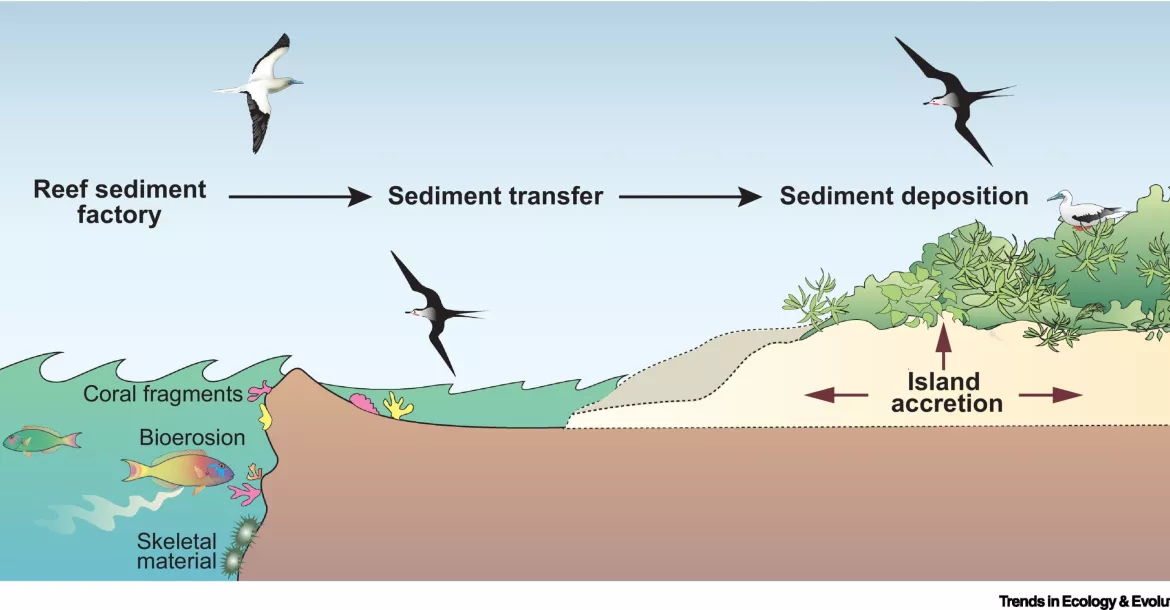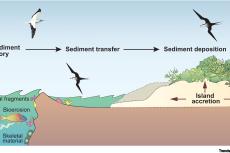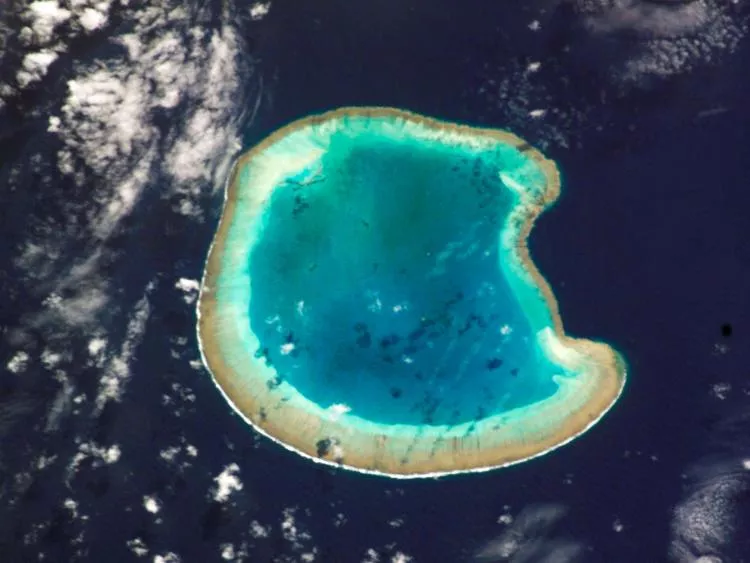Can atolls grow as fast as sea level rise?
The potential for coral atolls to grow in response to rising sea levels offers a hopeful perspective but requires further scientific investigation and targeted conservation efforts.
The fate of coral atolls amidst rising sea levels has been a subject of intense debate and concern. Recent studies and ecological restoration efforts suggest that these unique island formations might have the potential to grow at a rate that could outpace sea level rise, offering a glimmer of hope for their future.
The challenge
Coral atolls, home to diverse ecosystems and human populations, face the threat of submersion due to climate change-induced sea level rise. Over 700,000 people residing on atolls worldwide are at risk of becoming climate refugees. The anticipated impacts include chronic shoreline erosion, destabilizing islands, and threatening the habitability of nations like the Maldives, Tuvalu, Kiribati, and the Marshall Islands.
A study by Dr Sebastian Steibl from the University of Auckland and colleagues, published in the journal Trends in Ecology & Evolution, highlights that coral atoll islands naturally grow by accreting sediment, potentially up to 1 cm a year. This growth rate could outpace most predictions of sea level rise. The study emphasises ecological restoration as a key to enhancing this natural process and building climate change resilience.
Restoration efforts
Restoration of atoll island ecosystems, as seen in trials on atolls like Tetiaroa, Palmyra and Aldabra, involves improving the health of the surrounding coral reef habitat. This approach is particularly viable for sparsely inhabited islands, where human-engineered solutions may not be necessary.
Geological evidence suggests that island formation has occurred before, during and after sea level highstands (intervals during which the sea level was above the edge of a continental shelf). Remote sensing observations have revealed that many reef islands are dynamic, changing shape and size, and in some cases, even showing rapid reformation under contemporary conditions. This counters the common belief that all reef islands are shrinking or disappearing.
Critical questions
Key questions remain about the ongoing growth of reef islands. Are they being actively fed with fresh sediments, or are they reliant on existing sediment reservoirs on the reef’s flat surface? Understanding the source and contribution of these sediments is crucial for predicting the future persistence of reef islands as sea levels continue to rise.
The integration of local knowledge and cutting-edge science in restoration programmes is essential.






























